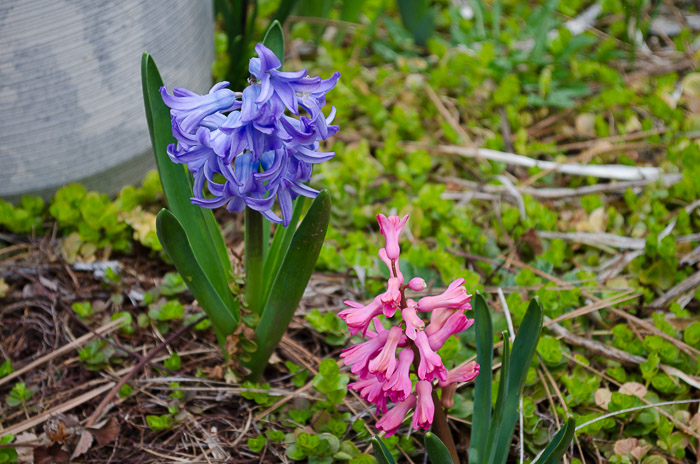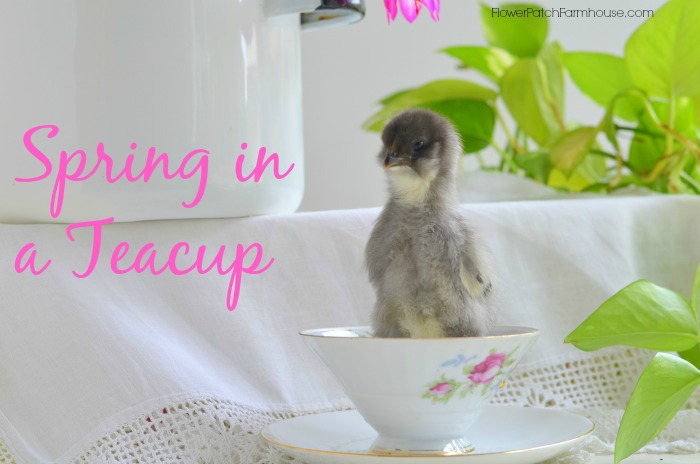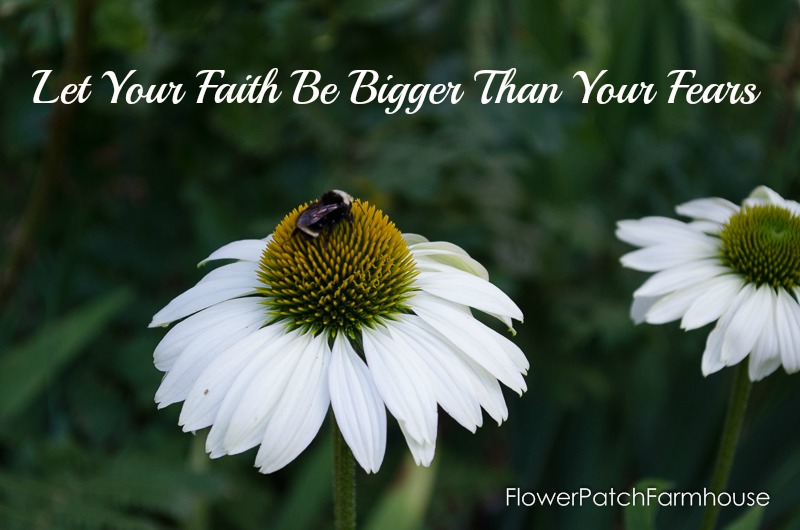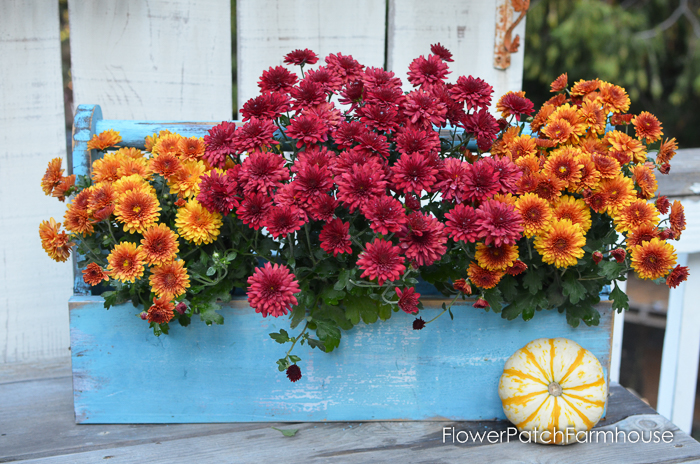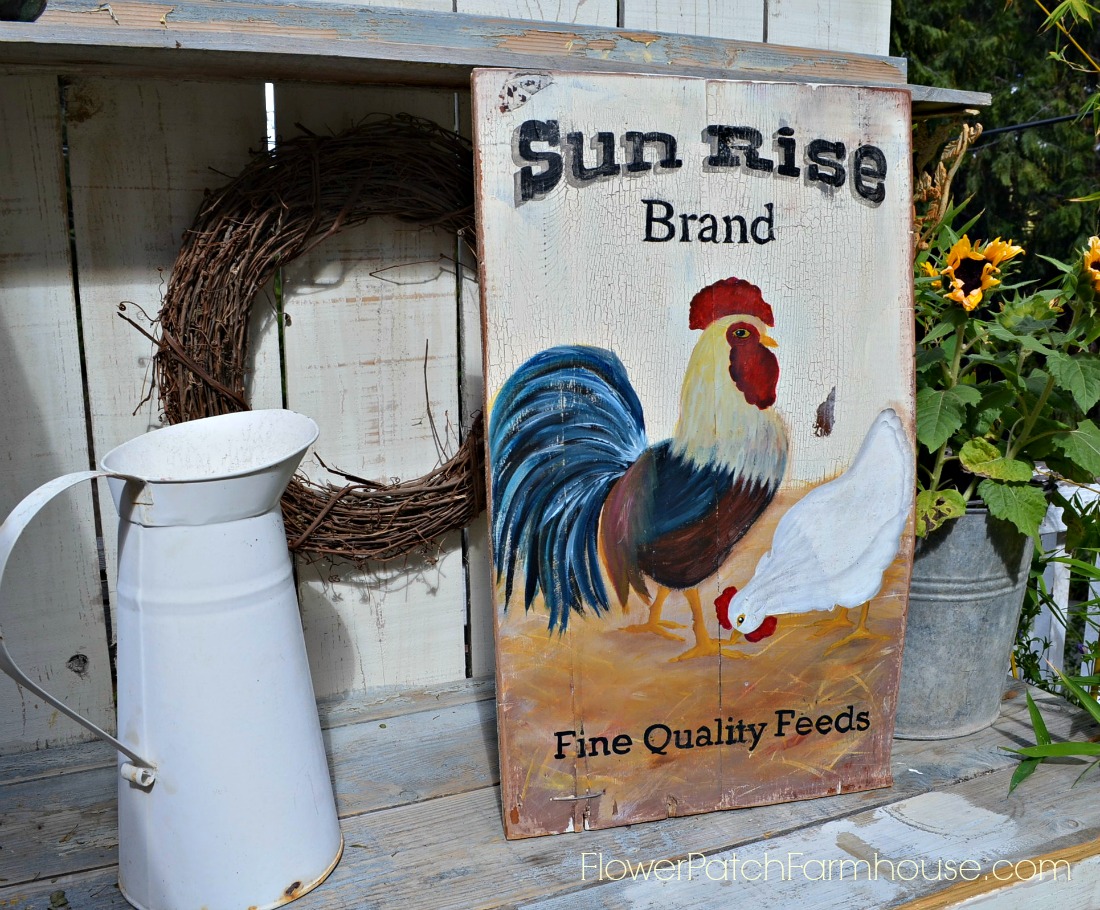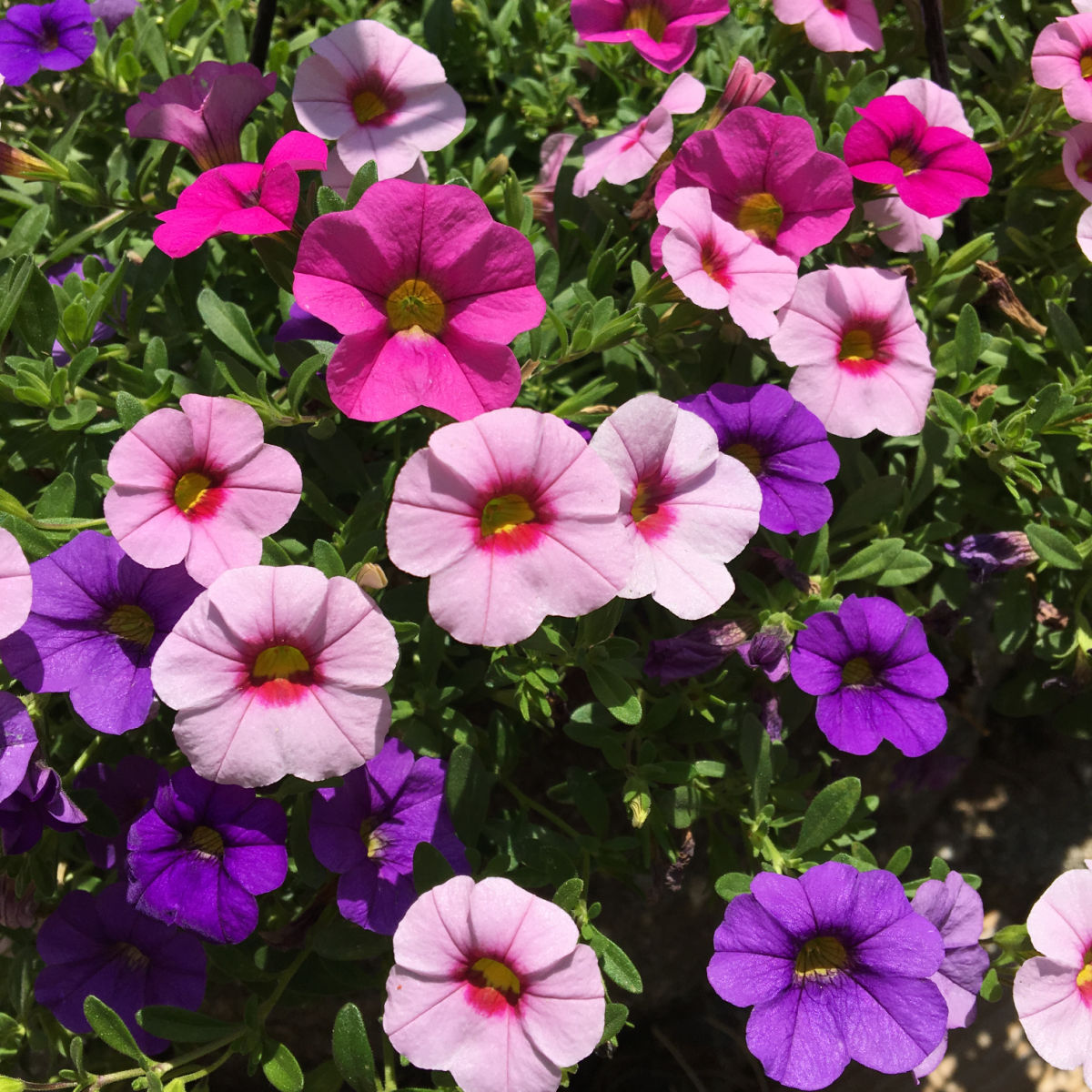How to Grow and Care For Alocasia Polly
Do you want to add a touch of the tropics to your home or office? Alocasia Polly aka African Mask plant is the answer.
If you’re new to houseplant care or to this plant, you may be wondering how to care for Alocasia Polly. This plant is fairly straightforward to care for, but there are a few things you need to know in order to keep it healthy and looking good.
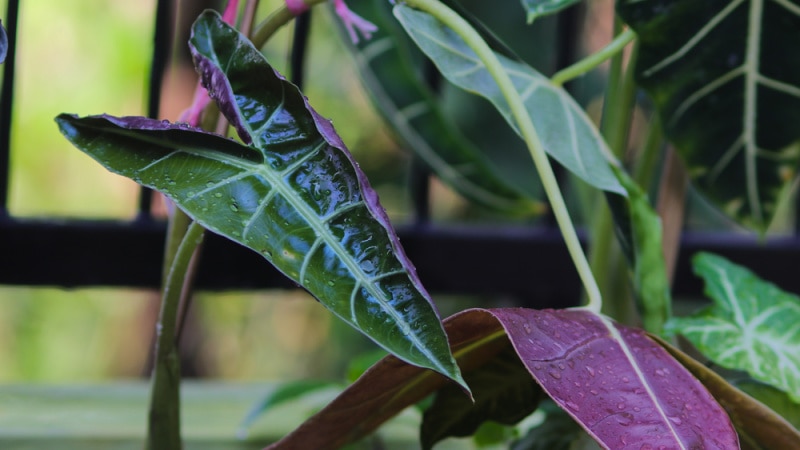
This post may contain affiliate links. If you make a purchase after clicking a link I may make a small commission at no added cost to you.
In this blog post, we’ll discuss the best way to care for Alocasia Polly, so read on for some tips!
Today we will talk about
- How big will this Alocasia Polly get?
- How do you care for Alocasia Polly?
- How much light does Alocasia or African mask need?
- How to water best
- Humidity and Room Temperature
Alocasia × amazonica (Polly) features leathery, wavy-edged, arrowhead-shaped, dark green leaves with prominent, contrasting, thick white to silvery-green veins.
Alocasia Amazonica, African Mask Plant, and Elephant Ear Plant are some of the other names for this plant. (my Elephant Ear plants are colocasia family so to avoid confusion at the garden center when asking for this plant make sure to use the name Alocasia “Polly”)
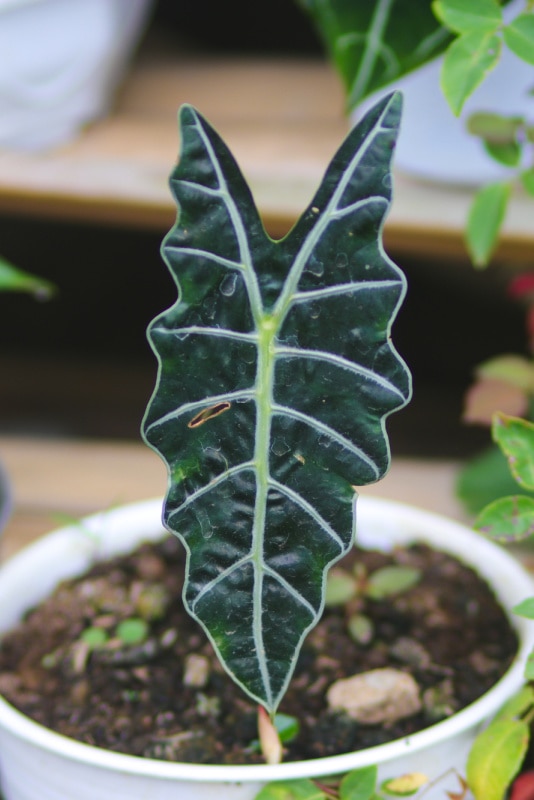
How big will Alocasia Polly get?
The plants can grow up to 2 feet tall as opposed to nearly 6 feet tall of other cultivars. Most of us grow them as house plants, but in the summer you can enjoy them on a covered porch or patio if kept in the shade.
Note: Some find growing Alocasia challenging. If you want to start out with easy-to-grow houseplants then check out this post on some of the best beginner houseplants available.
simple to find and grow
Easy Houseplants for Beginners
If you are looking for some easy, common house plants that anyone can grow, look no further! This blog post will give you 11 varieties of house plants that are perfect for novice gardeners.
How do you care for Alocasia Amazonica Polly?
All African mask plants like very consistent conditions overall when it comes to watering, temperature, and light. Read on for specifics…
How much light does alocasia Polly need?
Choose a bright spot: In general, African mask plants need plenty of bright indirect light in order to grow well.
Place them near a window that gets bright sunshine. If you don’t have such a space then you may need to supplement with a grow light.
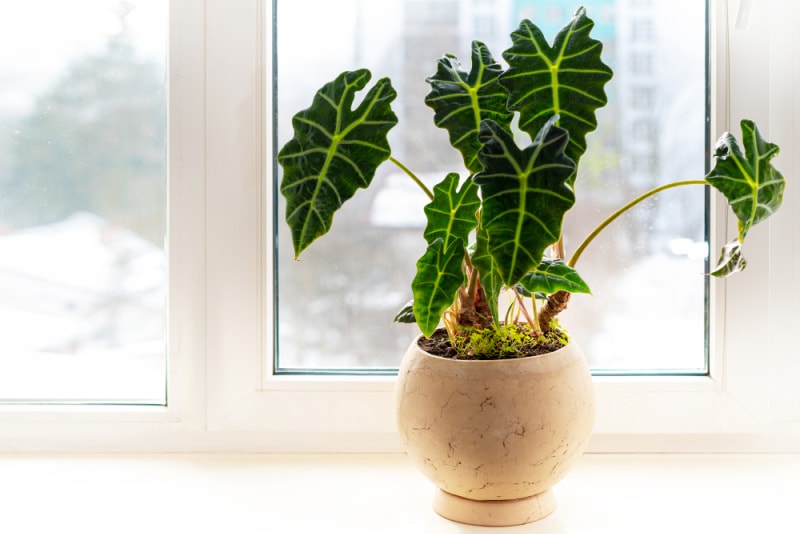
You also may need to supplement if your house gets little light such as in climates with constant overcast skies, or areas that get less than 4 to 6 hours of daylight in winter. (I am thinking of you Alaska)
Case in point, my house has a roofed wrap-around porch so the downstairs windows get almost no direct sunlight.
I keep my light-loving plants, such as Alocasia Polly, in my office upstairs where I have a north-facing window and an east-facing window that gets direct light.
In the winter my office resembles a jungle filled with tropical plants. I also live in the mountains where we can have snow on the ground for months at a time. My little jungle room keeps me sane when all I see is white outside.
New leaves of Alocasia Polly are tender and won’t do well in direct sun, so be sure and keep them off the windowsill and out of the direct rays.
These plants will tend to lean towards the light so turn the plant once a week to keep it growing more upright. I do this when I water.
How to water your Alocasia Amazonica Polly
It prefers to be consistently moist, but not wet and needs to have good drainage.
It can’t take wet soil, but also doesn’t tolerate dry soils well. A well-draining soil is necessary and the plant should not be allowed to sit in water. (see below under Repotting Alocasia for a good blend)
Allow the top 2 inches or so to dry out before watering again. I like to use a moisture meter like this one instead of poking my finger down into the soil.
I check all my house plants once a week. Before I water Polly I make sure the level on the meter reads nearly dry and so far this has worked well for me.
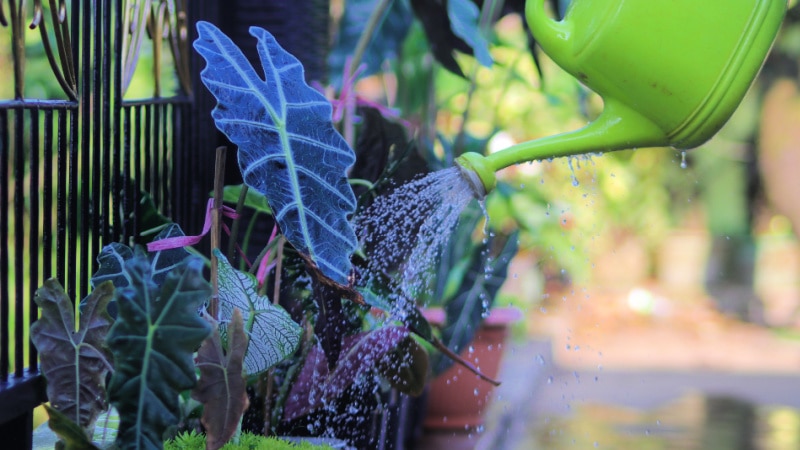
Humidity and Temperatures
All Alocasia prefer a high level of air humidity, so if it is not enough in your home there is a couple of tricks you can use.
I keep a humidifier going in my plant room/office for my more humid-loving plants.
Some say to spray or mist the plant regularly while many plant specialists say this does little to promote humidity. Also, spraying can encourage fungus or spotting of the leaves.
Instead of spraying it is better to put the plant in the tray with moistened pebble stones beneath. The water should not touch the bottom of the pot. Also, grouping plants together can boost the humidity around them.
One friend I know uses her diffuser with just distilled water in it as a humidifier near the plants and it seems to work.
The temperature level for ideal growing Alocasia Polly is between 68-79°F. In winter the temperature should be not less than 64°F. Going below that temp can cause your plant to go into dormancy.
Some say 60 degrees is the lowest but I have found keeping it not less than 64 is better.
Repotting your Alocasia Polly
These plants need to be repotted if it is growing vigorously. Repot a younger fast growing plant yearly in the spring, using a pot one size bigger each time. For an adult plant, once every two years is more than enough.
(I confess to being lazy, once they reach full size I don’t repot unless they show signs of stress)
When you buy an Alocasia they are often in moisture-retentive soil, it is better to repot into a more free-draining medium.
A mix of 1 part potting soil, 1 part orchid bark, and 1 part perlite will keep your plant happier and in better condition.
The number one killer of most houseplants is over watering so the free-draining medium works in your favor.
Fertilizing
Feed once per month at half-strength when the plant is actively growing. In the northern hemisphere, this is usually March through October.
No need to feed it during the cold season. I use this organic fertilizer and it works wonderfully for not only Alocasia but also many other plants.
Some recommend feeding with every watering but I have found once-a-month more than sufficient. If you prefer the every-week routine then dilute the fertilizer by 2/3 to 3/4.
Where does Alocasia Polly come from?
Many times knowing where a plant originated can explain why they prefer certain conditions and help us to care properly for them.
The parentage of Alocasia Polly is sometimes said to be a mystery. Others say it is a hybrid of Alocasia longiloba x Alocasia sanderiana.
Some currently believe that Alocasia × amazonica is simply a name applied by Salvadore Mauro in the 1950s to a hybrid created by him at his Miami, Florida nursery known as Amazon Nursery. Mauro never published or registered this hybrid name, so we are guessing at this point.
Alocasia Polly does not have a natural habitat but has always been grown in greenhouses, homes, and offices.
These African mask plants were developed as a dwarf to grow smaller and now there are many more developed with Polly as a parent plant, but that is for another post.
Polly is most likely hybridized from Alocasias derived from Southeast Asia and the Phillipines. All we really know is it likes tropical conditions.
How to Propagate
A really good time to propagate African mask plant is when you are repotting it.
Once you remove the plant from its pot, gently loosen the soil with your fingers. You may see and feel the little round corms as you tease away the soil from the roots of the mother plant.
Some of the corms or bulbs will be unattached while others may still be connected. Using a pair of snips, just cut through the piece that connects it to the mother.
The pointy tip or end that was not connected to the mother plant is where the new leaves will emerge and the roots will sprout lower down.
You know what, it is so much easier to show you than explain it. This video does a great job of showing you how to grow the alocasia corms in water.
If left alone those little bulbs will start to grow into plants. Once they begin to emerge it is just a matter of separating the little plants from the mother plant.
Once you see multiple plants in your pot you can separate them by taking the plant out of the pot and gently knocking away the soil. Then separate the plants at the bulb level, making sure you take some of the root systems with you.
Try it both ways and let me know how it works for you. I will do the same and create my own video to share.
Pests
Pests that can really love to infest Alocasias are spider mites and mealy bugs. Spider mites are super tiny and hard to see and by the time you do see them, they are very abundant.
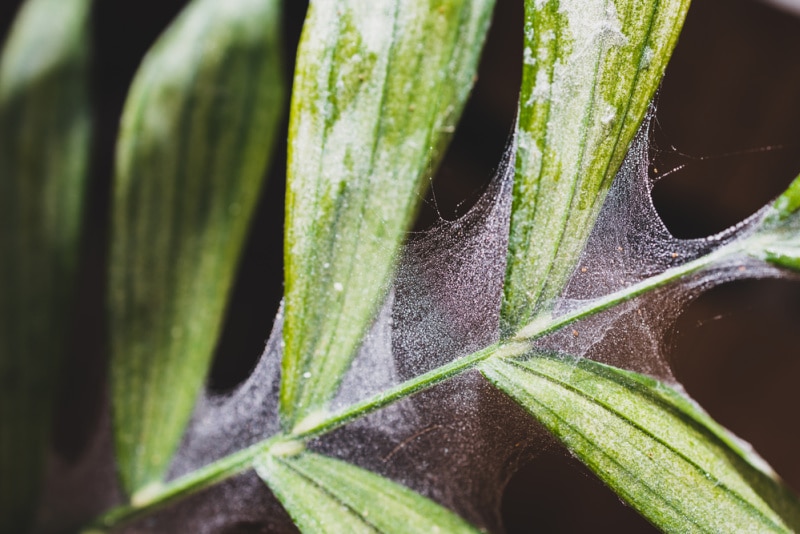
Keeping the humidity up helps but I confess that each winter I have had issues with spider mites wreaking havoc on my indoor plants so I have resorted to desperate measures.
Since I don’t keep these plants outside where there are pollinators I have been using this 3 in 1 spray to get rid of those sap-sucking monsters! Though it says it is safe to use in the garden I don’t as it can still harm beneficial insects, I only use it on my indoor plants.

